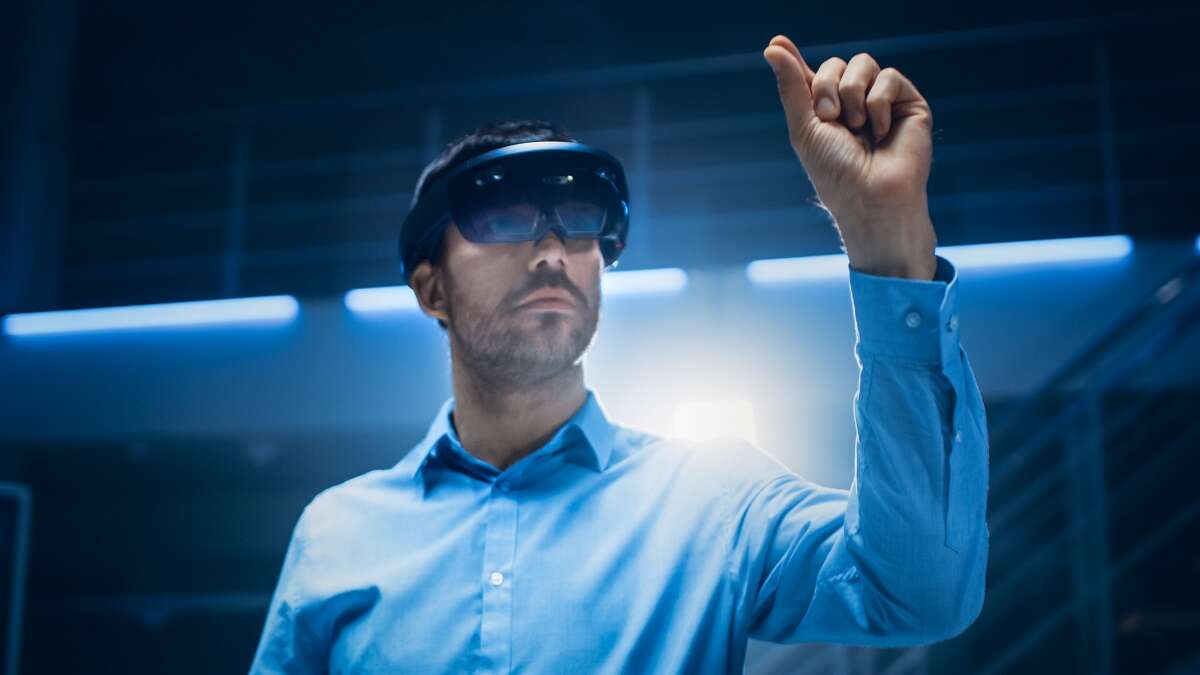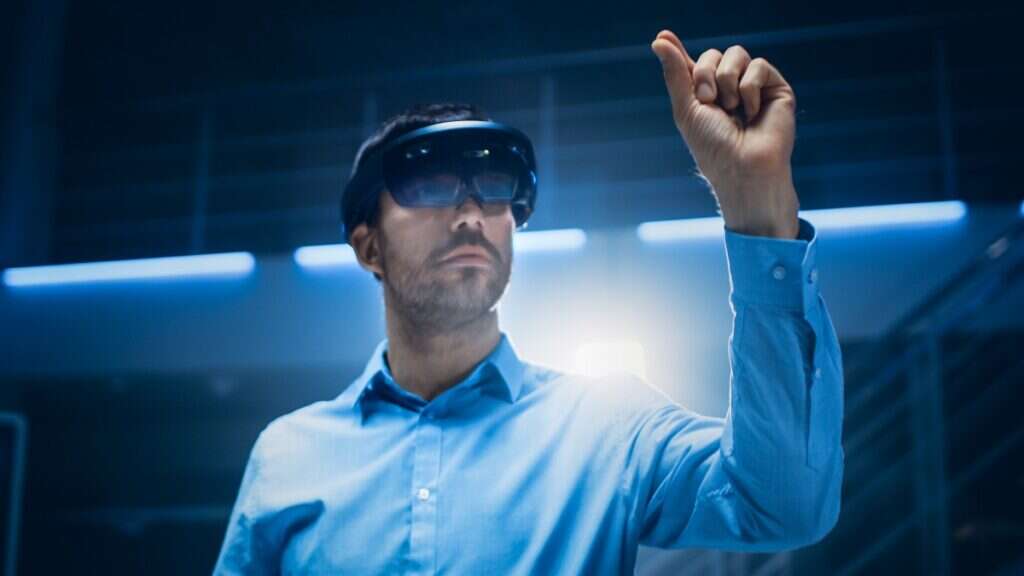
Qualcomm has beefed up its Snapdragon XR2 chip architecture with a new version which it says will help power more advanced virtual and mixed reality experiences.

Tech big names Samsung and Google have already signed up to use the Snapdragon XR2+ in their devices. It builds on the technology in the XR2 Gen 2, which was launched by Qualcomm last September, and could come in useful for businesses looking to introduce metaverse-type environments.
What’s in the Qualcomm Snapdragon XR2+?
The chipmaker says the new architecture will unlock “4.3K spatial computing at 90 frames per second for breath-taking visual clarity across work and play”. Compared to the basic version of the XR2, it offers 15% higher GPU frequency and 20.1% greater CPU frequency, which basically means the processors operate more quickly to deliver what Qualcomm describes as a “new tier of more realistic, detailed experiences in mixed reality and virtual reality”.
Supporting 12 or more concurrent cameras and on-device AI, Qualcomm says headsets and other technology powered by Snapdragon XR2+ Gen 2 can “effortlessly track the user, their movements, and the world around them for effortless navigation and unparalleled experiences that merge physical and digital spaces.”
Hugo Swart, Qualcomm’s vice president and general manager of XR, said the chip architecture will “take XR productivity and entertainment to the next level by bringing spectacularly clear visuals to use cases such as room-scale screens, life-size overlays and virtual desktops.”
Swart added: “We are advancing our commitment to power the best XR devices and experiences that will supercharge our immersive future.”
Samsung and Google have been named as launch partners for the chipset, with Samsung set to incorporate it into upcoming Galaxy devices, which run on Google’s Android operating system.
“Samsung is thrilled to collaborate with Qualcomm Technologies and Google in revolutionizing the mobile industry once more,” Inkang Song, vice president and head of technology strategy team at Samsung Electronics, said. “With Samsung’s mobile expertise and our joint commitment, we aim to create the best-in-class XR experience for Galaxy users.”
Shahram Izadi, vice president of AR at Google, added: “We look forward to continuing our collaboration with Qualcomm Technologies and Samsung on the future of immersive and spatial XR.
“We’re excited for the Android ecosystem to take advantage of Snapdragon XR2+ Gen 2’s capabilities and enable new experiences.”
How mixed reality is being used by businesses
While hopes that the metaverse – the idea that business and social interactions would take place in fully virtual worlds – will take off appear to be fading, despite considerable hype, tech vendors are continuing to look to mixed reality, or a combination or real and digital environments, as an area for growth.
Facebook parent company Meta, which once staked its future on becoming “the metaverse company”, signalled at its developer conference last September that it was putting its efforts into mixed reality instead. Founder Mark Zuckerberg said in his keynote address that the metaverse would involve combining the digital apps and services we use every day with the physical world we inhabit. “Increasingly in this modern time the real world is a combination of the physical world we are inhabiting and the digital world that we are building,” he said.
Businesses are beginning to adopt the industrial metaverse, including by using virtual overlays on real life environments to create advanced training scenarios. In October, Siemens and Microsoft announced a partnership which included Siemens’ Teamcenter software for product life-cycle management being integrated with Microsoft Teams, a move the duo says will pave the way for “enabling the industrial metaverse”.






